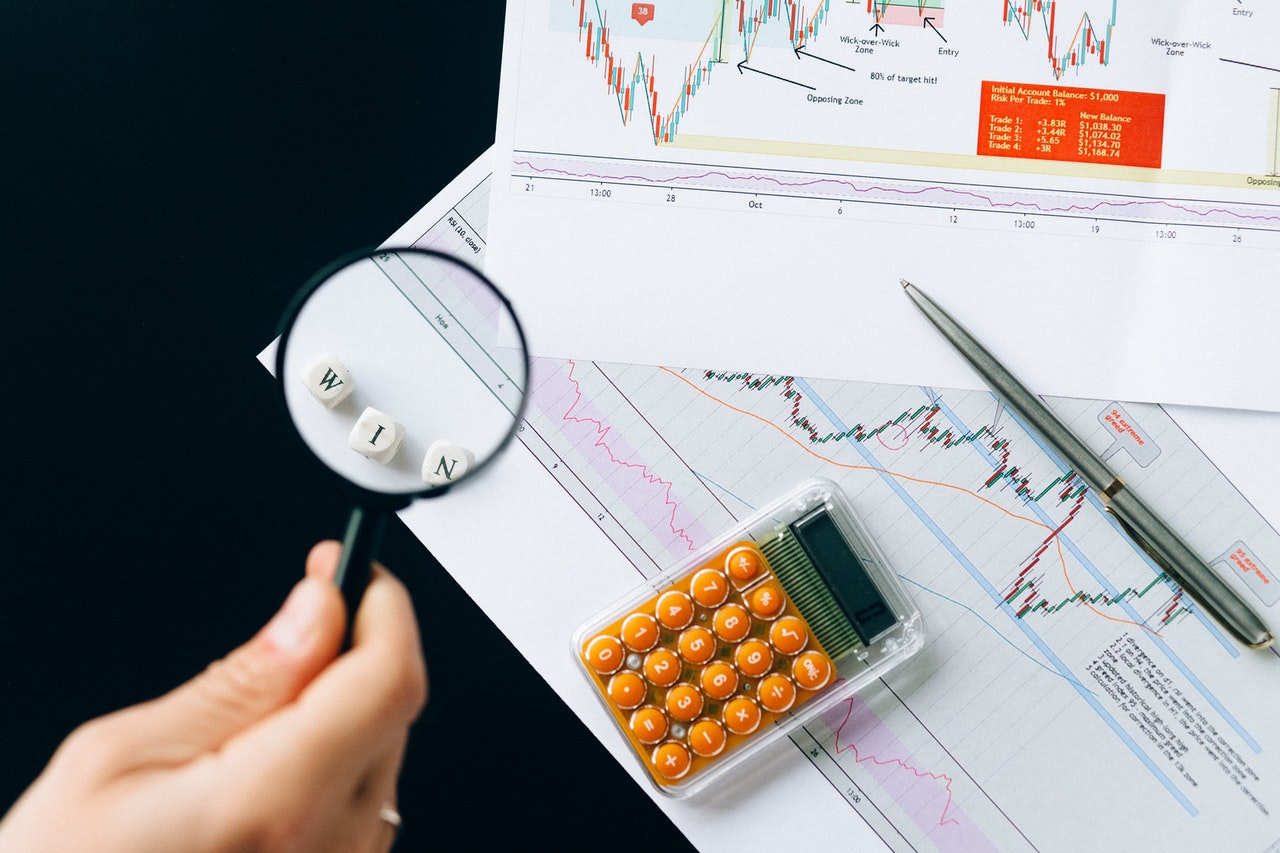By Orbex
Over the last few sessions, the Aussie dollar has managed to gain some strength. Partially, that can be due to improved demand for exports. In turn, this means more demand for the currency.
However, the major long-term driver for the currency appears to be a widening of the gap in yields.
While most major central banks have been moving to a much more hawkish stance to fend off increased inflation, the RBA has remained at record low interest rates.
That’s despite inflation moving well above the bank’s target. Part of the issue can be because Australia publishes its CPI data only once a quarter, indicating a slower response to the data.
Getting a handle on the economic situation
The RBA doesn’t have a mandate to ensure low employment. So why would it care about the unemployment rate?
Free Reports:
 Get our Weekly Commitment of Traders Reports - See where the biggest traders (Hedge Funds and Commercial Hedgers) are positioned in the futures markets on a weekly basis.
Get our Weekly Commitment of Traders Reports - See where the biggest traders (Hedge Funds and Commercial Hedgers) are positioned in the futures markets on a weekly basis.
 Download Our Metatrader 4 Indicators – Put Our Free MetaTrader 4 Custom Indicators on your charts when you join our Weekly Newsletter
Download Our Metatrader 4 Indicators – Put Our Free MetaTrader 4 Custom Indicators on your charts when you join our Weekly Newsletter
The conventional wisdom among most monetary policy entities is that employment can drive inflation. In particular, a wage-price spiral can induce high inflation. And that could severely undermine currency stability.
Therefore, if unemployment drops to full employment levels, the theory goes that prices would start moving higher. This is one of the reasons why several RBA officials have been commenting on where they see the full employment level, with Debille most recently giving the range at high 3.0% to low 4.0%, so something between 3.8-4.2%.
Keeping an eye on the data
This is important because once unemployment drops well into that range, it increases the chance of the RBA raising rates. For now, it appears that the consensus is that the lift-off for rates will be in the middle of the current year. But, the last unemployment report came in at 4.2%, at the top of the expected range for when the RBA could see it as becoming an issue.
Meanwhile, inflation is well above the target. Now, that doesn’t necessarily mean the RBA will take action. That’s because, at their last meeting, they said they would wait until there were “sustained” price increases.
That kind of echoes the “temporary” inflation comments we heard from other central banks before they had to admit that it wasn’t temporary and moved to raise rates.
What to look out for
The final bit of the puzzle to consider is that Australia managed to delay the onset of the pandemic by about a year. That means their economic situation is likely lagging a bit in comparison to other major countries. And the monetary policy could reflect that.
So, over the next few months, the consensus could build for a rate hike. In turn, this could support the AUDUSD, as it would help stop the widening yield gap that has maintained pressure to the downside.
Economists project Australia’s January unemployment rate to come in at 4.2%, unchanged from December. This is based on a forecast of net job adds remaining the same as well, compared to 64.8K added in December.
Naturally, if the employment situation improves, it would tip the balance in favor of a rate hike. But if employment data disappoints, we could see some retracement in the AUDUSD as a rate hike might be less likely.
 Article by Orbex
Article by Orbex
Orbex is a fully licensed broker that was established in 2011. Founded with a mission to serve its traders responsibly and provides traders with access to the world’s largest and most liquid financial markets. www.orbex.com

- NZD/USD Hits Yearly Low Amid US Dollar Strength Nov 26, 2024
- Trump plans to raise tariffs by 10% on goods from China and 25% on goods from Mexico and Canada Nov 26, 2024
- Fast fashion may seem cheap, but it’s taking a costly toll on the planet − and on millions of young customers Nov 25, 2024
- “Trump trades” and geopolitics are the key factors driving market activity Nov 25, 2024
- EUR/USD Amid Slowing European Economy Nov 25, 2024
- COT Metals Charts: Weekly Speculator Changes led by Platinum Nov 23, 2024
- COT Bonds Charts: Speculator Bets led lower by 5-Year & 10-Year Bonds Nov 23, 2024
- COT Soft Commodities Charts: Speculator Bets led lower by Soybean Oil, Soybean Meal & Cotton Nov 23, 2024
- COT Stock Market Charts: Speculator Changes led by S&P500 & Nasdaq Minis Nov 23, 2024
- Bitcoin price is approaching 100,000. Natural gas prices rise due to declining inventories and cold weather Nov 22, 2024
